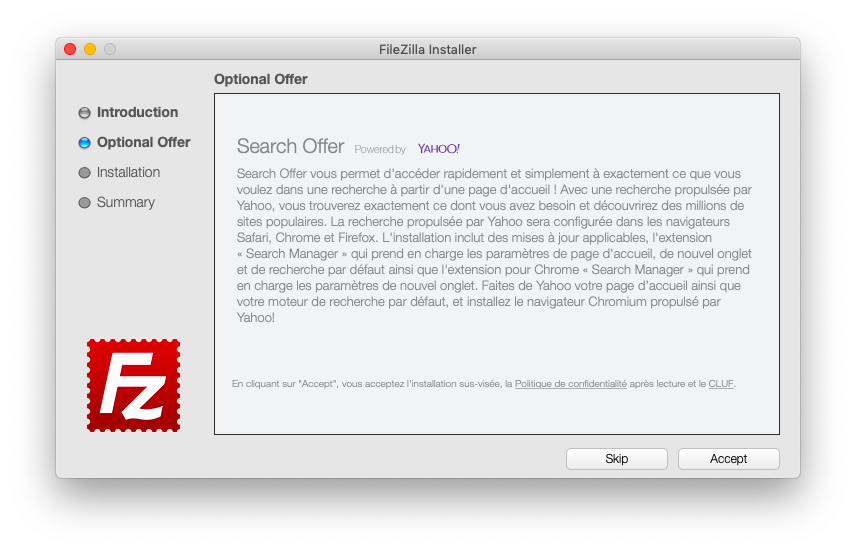
If the icon is not visible it may be hidden. You will need to right-click on the little icon that appears in the bottom right system tray. It’s OK to save it without a passphrase (click yes). Do the same for the private key and save it as “putty-private-key”. On the following screen click Save public key and save the key somewhere you can easily find it (we recommend Documents > PuTTY Keys (a new folder you will need to create). Name it “putty-public-key”.

We will then add this (your public key) to the server. Copy all of this and paste it into an email and send it to us (right-click, Select All/Copy). Once the generation is complete you will see a bunch of gibberish at the top beginning with ssh-rsa. Click Generate and run your cursor around the grey space to generate randomness. Select SSH2-RSA and make sure you are generating a 2048-bit key. The version of FileZilla distributed by SourceForge contains malware for both Mac and Windows.Īfter you have downloaded and installed all 3 the first thing to do is run PuTTYgen. Do not download this (nor anything else) from SourceForge. Be sure to download at LEAST version 3.11. PuTTYgen ( 32-bit | 64-bit) – Key generator (.exe files)įileZilla – An FTP client that support SFTP/SSH.

Pageant ( 32-bit | 64 bit) – A background task that loads your keys into memory making them accessible to programs. PuTTY – Allows you to manage connections (download the latest Windows MSI files - 32 or 64 bit) Here is a quick and dirty tutorial on how to set up a Windows machine to generate SSH keys and connect to a site using FileZilla. These are fairly easy to manage on Mac/Linux machines but Windows, not so much. We are a bit more strict about our security than most hosts in that we do not use the traditional username/password combination to access web sites.


 0 kommentar(er)
0 kommentar(er)
